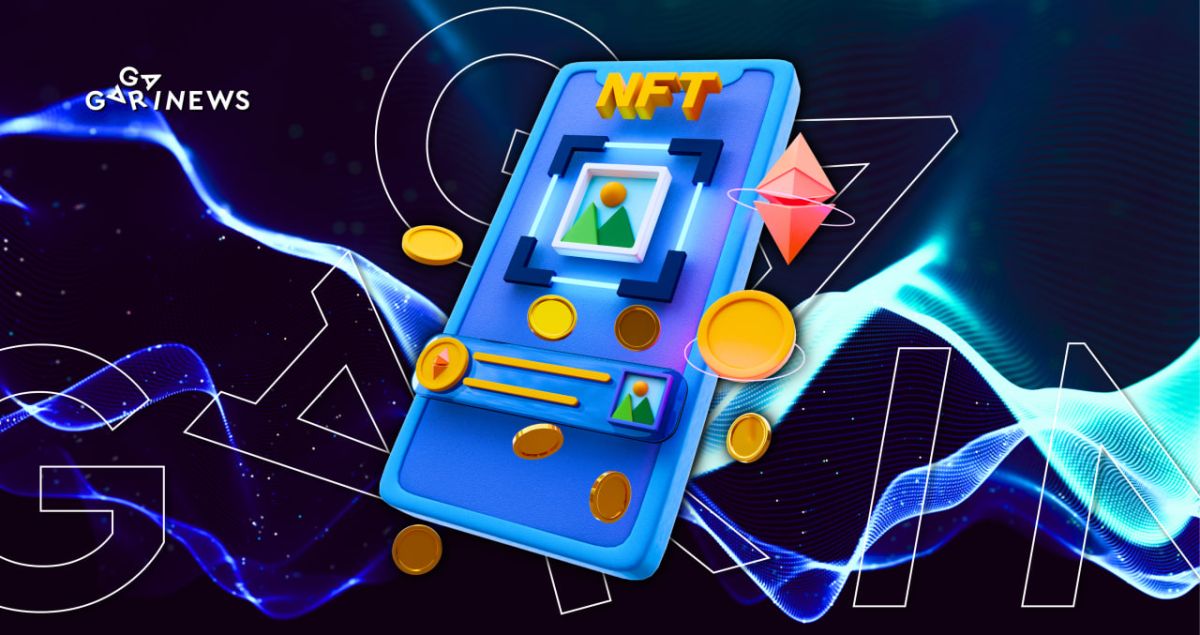What is NFT staking and how to earn income from your NFTs?

Crypto staking is a popular way of earning passive income. Some platforms even offer to stake your non-fungible tokens (NFTs).
On this page
NFTs are usually associated with digital pictures, such as the Bored Ape Yacht Club collection. However, NFTs could be anything from video files to in-game items and characters.
And if your rare in-game dragon can easily destroy all other dragons in PvP due to its high stats, other people will probably want to play it as well (especially if we are talking about Play-to-Earn games). You can rent it out and make money out of it.
Thus, you can receive passive income, while retaining your ownership rights.
How does NFT staking work?
NFT staking is similar to DeFi yield farming, where users are rewarded for providing liquidity for the pools. NFT holders can connect their wallets to a platform and send their tokens to a smart contract. In return, they receive periodic rewards, usually in the platform’s utility token.
There are also staking platforms that have Decentralized Autonomous Organizations (DAOs). NFT holders can lock their assets in a DAO pool, which allows them to participate in voting and governance. Some organizations make it possible for users to make improvement proposals themselves.
Not all NFTs are stackable. The most popular NFTs for staking are in-game items and Play-to-Earn game characters.
One should remember that when storing their NFTs on a centralized platform, the user always runs the chance of losing them. There is a saying in the crypto world: “not your keys, not your coins”. If you store your tokens in non-private wallets, you lose control over them and cease to truly own them.
As practice shows, even the biggest players, like Celsius or FTX, are not immune from sudden bankruptcies. And if your tokens are in their wallets at that moment, you'll probably never see them again.
NFT staking platforms
While some CEXs offer NFT staking function, the best way is to lock your tokens inside the game world it belongs to.
One of the examples is MOBOX. It is a blockchain-based game that has its metaverse. Users can trade NFTs on a marketplace or stake them to earn passive income. The reward is calculated based on the rarity of the token and the number of NFTs locked up. The higher the token value the more APY the owner will get.
Prominent metaverses like Axie Infinity, The Sandbox, Decentraland, and Splinterlands also offer NFT staking services.
Some platforms allow one to stake other kinds of tokens, not just in-game items on the blockchain.
Band Royalty, for example, is a music NFT platform that also lets users lock their tokens. The payment is made to NFT holders based on the royalty income generated. The lock-up period is from 90 days to 5 years and stakers get paid only after that period.
While the concept of NFT is quite new, it already attracted many investors. Perhaps, we will see more applications of this technology in the future.
The content on The Coinomist is for informational purposes only and should not be interpreted as financial advice. While we strive to provide accurate and up-to-date information, we do not guarantee the accuracy, completeness, or reliability of any content. Neither we accept liability for any errors or omissions in the information provided or for any financial losses incurred as a result of relying on this information. Actions based on this content are at your own risk. Always do your own research and consult a professional. See our Terms, Privacy Policy, and Disclaimers for more details.

























